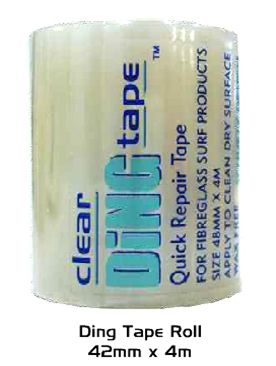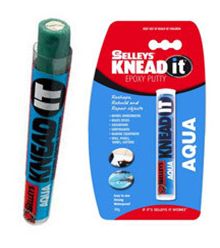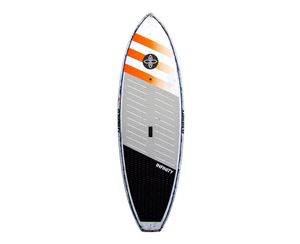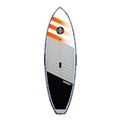How to look after & repair your SUP board
SUP Boards suck and go pop! How to avoid it...
Or, 'probably the most important thing you need to know about your epoxy SUP'!
Here are some tips to keep your board in one piece and live a long and happy life together.
DONT COOK IT!
You’ve got your new board, you love it! The last thing you are thinking is that it can potentially be a hot air balloon waiting to explode. Yes, your board is really just a big container of air. Heat it up and POP - its all over. The styrofoam in the core of your board is largely air. Even though these boards are designed for the ocean and the beach, they don't like extended exposure to heat.
You board is not covered under warranty if you overheat it so here are some tips to avoid ruining your board.
Things to avoid:
* Leaving your board on the roof of the car for extended periods in direct sunlight or on hot days.
* Board bags actually make things worse - they help 'cook' your board.
* Leaving your board in the car also helps to 'cook' it.
* Radiant heat through windows is your worst enemy.
* Bubble wrap is like a thousand magnifying lasses trying to destroy your board
* If you have a black or dark grip - flip the board over on the beach or put it in the shade.
* The lighter the construction, the weaker the skin, the more likely your board can be heat damaged.
* The darker the colour (Red, Blue etc) the quicker your board will heat up.
The simplest rule is treat your board like you would your favorite pet or small child and you will have a long and happy life together!
VENT PLUGS
Don't be fooled, vent plugs only work if you release them before the damage is done! Then, if you don’t seal them up, you risk taking in water. Vent plugs are best left alone and stick by the rules above.
One way vent plugs do let air out of the board if it overheats, but they are not fool-proof and if the board heats up too quickly the vent cannot cope. So, again stick by the rules above.
YOUR BOARD HATES WATER!
OK, it loves being on top of the ocean and gliding along waves, but put the smallest crack in it and the board will suck water into the core of your board, increasing its weight and making it quite difficult to repair.
Always check your board if you think it has hit something. If there is a crack or ding - suck on it. If you can suck air out of the crack, your board can suck water into its core.
If you think your board can take in water, you need to go straight into the beach and seal it. There are 3 ways you can do this and you need to be a bit of a McGuiver and carry some sealers.
1. Clear Ding Tape - clear adhesive tape specifically for board dings. Available from most surf shops.
These tapes are designed to seal up small cracks only. PRO's: easy and not messy to use. CONS: surface needs to be very clean to stick and it is not suitable for large dings.

2. Epoxy Marine Putty - a malleable epoxy putty available from most hardware, auto or marine stores.
PRO's: sticks like 'you know what' and can be forced into cavities. Great for larger dings, Goes hard in 15-20 mins and you are back out on the water.

CONS: Mess, mess, mess! It also does not look good as it is grey in colour, BUT it does the job admirably! Recommended!
2. SOLACURE Epoxy - epoxy resin that sets under sunlight. Available from most surf shops.
Solacure works, but it is messy as it is in liquid form and it can be hard to contain it around the ding before it sets.


How to handle whitewater on your SUP
Surfing on a stand up paddle board has its own unique set of challenges...














